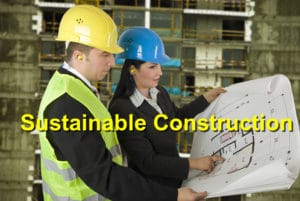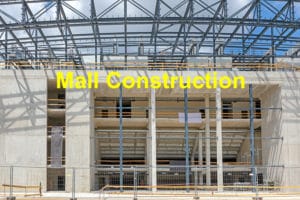Restoring historical commercial buildings is both a responsibility and an opportunity. These structures often carry cultural, architectural, and economic significance, but their age can present challenges in safety, energy efficiency, and functionality. Rehabilitation offers a way to preserve the building’s heritage while upgrading it for modern use, ensuring it remains a valuable asset for decades to come.
1. Conducting a Comprehensive Structural Assessment
Before any work begins, it’s essential to evaluate the building’s structural integrity.
- Professional inspections can identify issues such as weakened foundations, compromised load-bearing walls, or deteriorated roofing.
- Early detection allows for targeted repairs, preventing further damage and costly emergency work.
2. Preserving Architectural Character
Maintaining the unique charm of a historical building is crucial during rehabilitation.
- Retain original facades, moldings, woodwork, and decorative elements wherever possible.
- Use restoration techniques that repair rather than replace, keeping the building’s authenticity intact.
- Collaborate with preservation experts to ensure work meets local heritage guidelines.
3. Upgrading Safety and Compliance Features
Older buildings often lack modern safety measures. Rehabilitation is the perfect time to address these gaps.
- Install modern fire suppression systems and upgrade electrical wiring to meet current codes.
- Improve accessibility features to comply with ADA (Americans with Disabilities Act) or equivalent local standards.
- Reinforce structures to withstand seismic activity if located in earthquake-prone regions.
4. Enhancing Energy Efficiency
Historical buildings can be upgraded to improve energy performance without compromising their character.
- Install energy-efficient lighting and HVAC systems designed for older structures.
- Add insulation and weatherproofing in discreet locations to reduce energy loss.
- Consider renewable energy solutions such as solar panels placed out of public view.
5. Modernizing for Functional Use
For a historical commercial building to remain viable, it must meet the needs of today’s tenants and customers.
- Reconfigure interior layouts for better space utilization while respecting original design.
- Upgrade plumbing and technology infrastructure for modern business operations.
- Integrate smart building systems for improved management and monitoring.
6. Leveraging Financial Incentives
Many governments offer grants, tax credits, and low-interest loans for historical preservation projects.
- Research local and national programs to help offset rehabilitation costs.
- Green upgrades may also qualify for separate sustainability incentives.
Conclusion: Balancing History and Modern Needs
Rehabilitating historical commercial buildings is a delicate balance of preservation and modernization. By combining careful restoration techniques with strategic upgrades in safety, energy efficiency, and functionality, owners can ensure these properties remain vibrant, profitable, and relevant in the modern market.
References: Constructs Estimates




